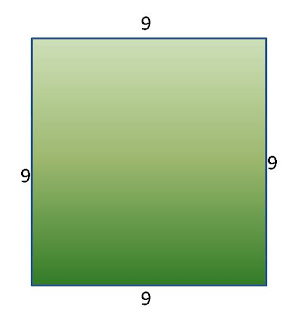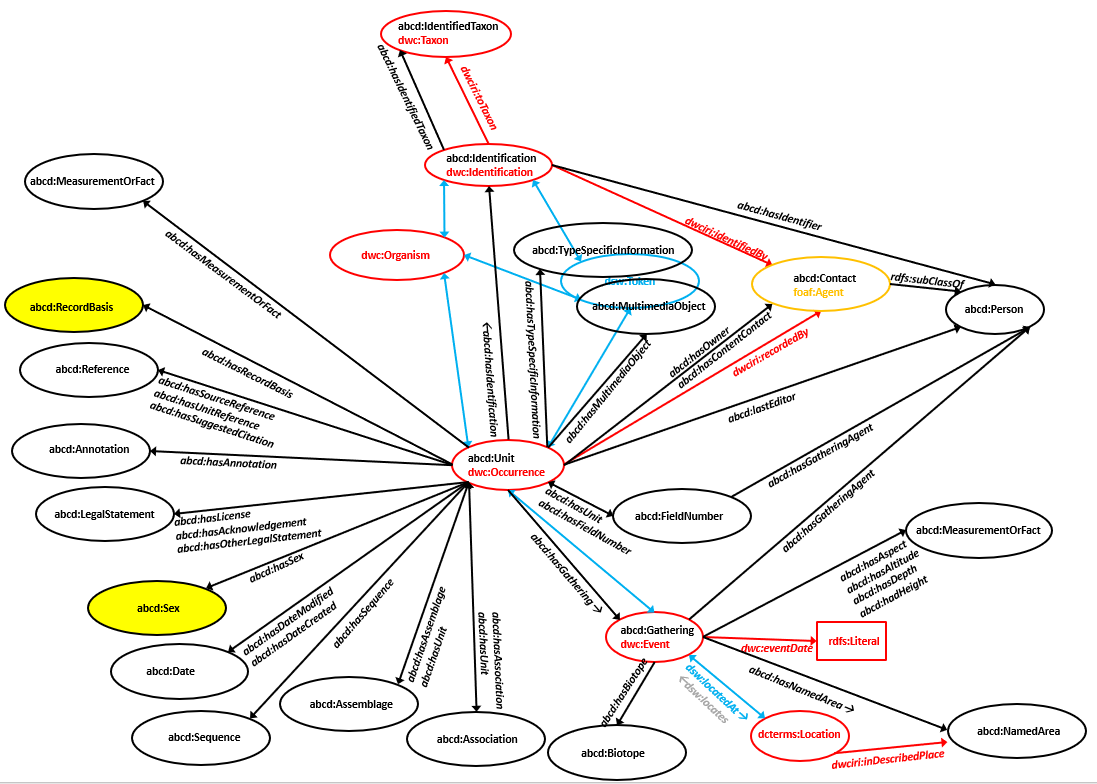
Recently, two C-terminal fragments (terminal 127 and 255 residues) of toxin A (toxinotype VI) were crystallized 18, 19. The receptor-binding domain located at the C terminus of the clostridial glucosylating toxins consists of repeating polypeptide units 12, 15, 16, 17. On the basis of their amino acid sequences, a tripartite structure for the toxins had been suggested 10, 12, 13, with a biologically active N-terminal domain, a middle translocation section characterized by a small hydrophobic stretch (prediction of transmembrane regions), and a The C terminus binds to target cell membranes These toxins are therefore also known as large clostridial cytotoxins. Toxin A consists of 2710 amino acid residues with a molecular mass of 308 kDa and toxin B comprises 2366 residues with a mass of 269.6 kDa.

Because Toxins with multimodular structure All of these toxins share sequence identities ranging from 36% to 90% and have molecular masses between 250 and 308 kDa 10, 11. Moreover, several isoforms of toxin A and B have been described, adding to this family of cytotoxins 7, 8, 9. Other members of this toxin family are the hemorrhagic and the lethal toxins from Clostridium sordellii and the α-toxin from Clostridium novyi. difficile toxin A and toxin B are the prototypes of the family of clostridial glucosylating toxins 5, 6. Section snippets Structure–function relationships of clostridial glucosylating toxinsĬ. Notably, hypervirulent strains are characterized by production of 10- to 20-fold larger amounts of toxins A and B, the resistance to fluoroquinolones and production of the actin-ADP-ribosylating toxin.

difficile transferase, CDT) that modifies G-actin. difficile produce a binary ADP-ribosylating toxin ( C. difficile are two protein toxins, named toxin A and toxin B (also designated TcdA and TcdB), which have been recognized for their important role in disease for the past 30 years. difficile such as PCR ribotype 027/PFGE type NAP1 with attributable mortality rates of up to 16.7% is concerning. The occurrence of hypervirulent strains of C.

During the past decade, these diseases seem to have become more serious and more frequently refractory to therapy. Antibiotic-associated diarrhea and pseudomembranous colitis induced by Clostridium difficile have emerged as important nosocomial infections.


 0 kommentar(er)
0 kommentar(er)
